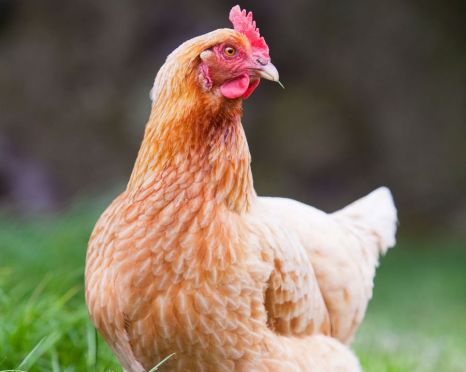Food and Agriculture Organisation (FAO) has committed $2 million of emergency funding supplemented by over $5 million from USAID to kick-start H7N9 response efforts as it warns the international community that the H7N9 and H5N1 avian influenza viruses continue to pose serious threats to human and animal health, especially in view of the upcoming flu season.
In the warning issued Tuesday in Rome, FAO said “The world is more prepared than ever before to respond to bird flu viruses in light of a decade of work on H5N1 and the recent response to H7N9,” said FAO Chief Veterinary Officer, Juan Lubroth, at a joint meeting with United States Agency for International Development (USAID), the World Health Organisation (WHO) and the World Organisation for Animal Health (OIE).
Heads of FAO Reference Laboratories in Australia, the People’s Republic of China and the United States of America were also in attendance, along with representatives from the Centers for Disease Control and Prevention and the United States Department of Agriculture.
“However, constant vigilance is required,” Lubroth said. “Bird flu viruses continue to circulate in poultry. Efforts must continue and be strengthened, not only in affected countries, but also in neighbouring states and areas with strong trade linkages. This is especially true for H7N9 since it causes no clinical signs in birds and is therefore very difficult to detect in poultry.”
Along these lines, USAID support has enabled FAO to help countries at risk dramatically improve surveillance capacities.
“Several at-risk countries previously unable to pick up the virus can now accurately detect H7N9,” explained Lubroth. “Identifying the virus with consistency is critical to targeting control efforts and reducing spread.”





